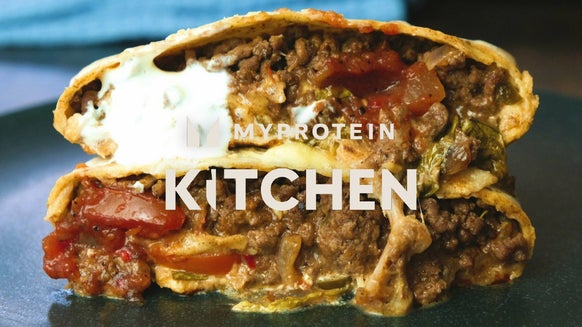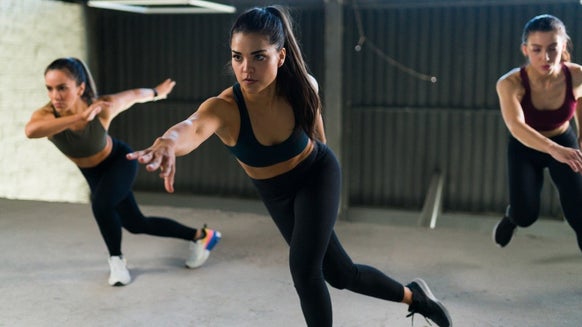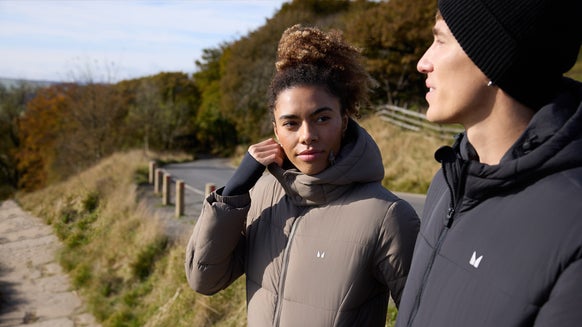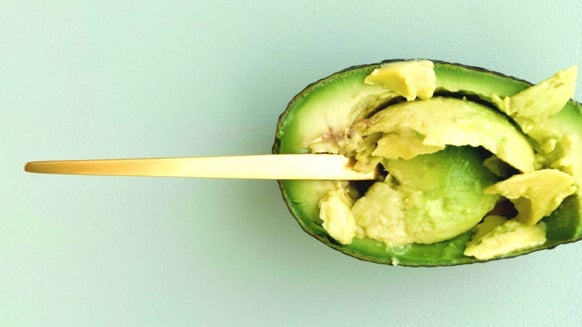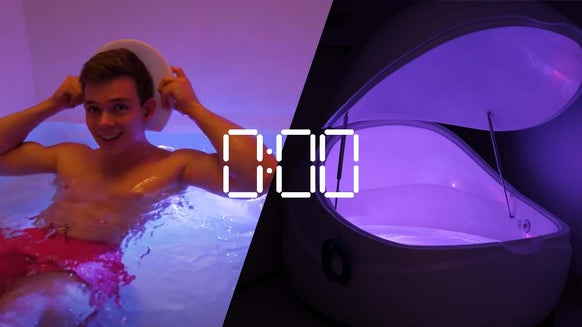Warm Up & Cool Down | Static + Dynamic Stretching Exercises
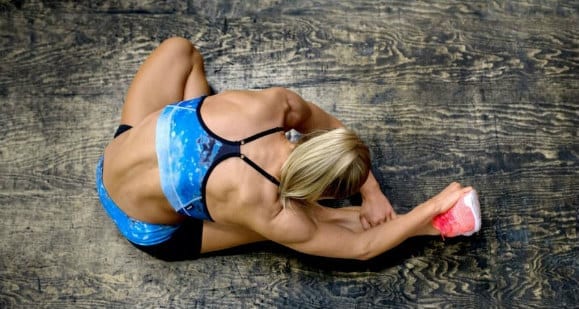
By Myprotein Writer
Simon O'Connor
What determines a good warm-up? A good warm up, is an efficient and relevant warm-up to the session you are about to do. It goes beyond a quick run on the treadmill and two second quad stretch. The worse thing anyone can do when lifting weights is go in cold, especially if lifting heavy.
The same goes for the importance of performing cool down stretches relevant to the exercises performed in your training session.
If you are training three or more times a week you are likely having great impact on your muscles. Muscle soreness and tightness from previous sessions can affect the quality of your training and range of movement, which is why a good warm-up is so important.
Do I Really Need To Stretch?
You might choose to suck it up and get on with the session but the thing is, and athletes will tell you, you’ll only get away with this for so long before you start getting those niggling injuries that can affect performance.

An injury can set you back weeks, maybe months so it’s worth spending the time to warm your joints, loosen muscles and raise your heart rate ready for more intense exercise.
Your body can take a huge amount of intense activity but the punishment takes its toll on your muscles, therefore on your posture too. Your body will look to adapt to survive and so training with tight muscles might cause a discrepancy that may have baring on your structure.
Something such as a rotated hip for instance, can cause unbalanced tension in the lower back and any heavy loading thereafter can end in tears. If you have ever had a bad lower back injury, you’ll know how difficult it is to even sit in a chair let alone exercise.
The Importance of Warm-Up &
Cool Down Stretches
? Raise heart rate for more intense activity
? Lengthen muscles for full range of movement
? Iron out muscular knots to increase flexibility
? Warm joints for protection and support
? Warm muscles for maximum effort
? To maximise performance
Common Sensors
Every time your muscles contract there is a small sensory unit within your muscle fibres that coils like a spring and either pushes or pulls apart depending on whether the muscle is lengthening or shortening. The degree of contraction that occurs will depend on the degree of change in muscle length and the rate at which the change in length occurs. In other words, the greater the range of movement and the faster the muscle lengthens, the greater the contraction will be.
To generate enough force to optimise training you need a good range of movement from your muscles. Additionally, when you train you create tension that pulls on certain tendons. Such tendons are proprioceptors (sensors) to stop your muscle carrying out opposing actions. Therefore, a tight muscle group will play a part in creating muscular imbalance as your sensors will send a constant message to opposing muscles and inhibit movement.
Hip to be Square
The hip flexors, are often an area of the body most affected by movement, typically from muscle contraction; they are always at work even when sitting down. In fact, if you work at a desk your hips will shorten and become tight. This is bad for posture and can cause lower back issues, restricting any exercise.
Think of your muscles like a group of elastic bands; if you stretch the bands a hundred times, sooner or later they will get tangled. The best way to untangle them is to undo the knots. In other words, your muscles lengthen and shorten as the coils squeeze around the muscle fibres like a spring and when tight, restrict movement. Each muscle originates and inserts into many different locations, a tight muscle group will always have a knock on effect and if not addressed, can easily get worse over time. The human anatomy is a complicated phenomenon and the incorrect use of muscles can lead to a multitude of injuries. Training without a proper warmup may be responsible for poor form and inadequate control of weights.
Therefore, a full body warm up consisting of static stretching, resistance band stretches, dynamic movements and also foam or ball rolling is necessary.
What Is The Correct Warm-up?
There’s no one correct warmup, however a good warm up should take a minimum of 15 minutes, although longer if you feel less mobile and really tight.
A 20-year-old athlete might be good to go after a 15-minute warmup, whereas someone over the age of 30 might need an extended time period to stretch out muscles. Likewise, someone who is over the age of 50, again might focus more of their time on mobility work.
It really becomes about listening to your body, knowing your past injuries (if any) and working within your own limitations.
Here is a full body warm-up followed by cool down stretches - b0th of which would suit most basic to intense training sessions.
Warm-Up Dynamic Stretches |
Warming the joints and raising heart rate
Stretch #1 | Lunges with spinal rotation
Spinal twist

Lunge onto front foot, directing weight through the heel and mid foot.
As the back knee nears the floor, rotate spine towards lunging leg.
Next lunge to the alternate leg maintaining balance.
Repeat the rotation towards other side, alternating for 30 seconds.
Stretch #2 | Lying glute bridge
Glutes

Press into the ground lifting pelvis up off the ground.
Squeeze glutes at the top of the exercise for tension.
Slowly return down and repeat. Be sure to keep hip alignment.
Repeat for 30 seconds for each leg.
Stretch #3 | Hip rolls
Back rotation

Lying flat on the ground with knees place together, bring knees to chest.
Next, rotate legs in a semi-circle motion, while keeping back flat on the ground.
Feel the range of movement increase with each rep.
Stretch #4 | Standing hip swing
Abduction – adduction

Place one foot firmly on the ground while swinging the other from left to right.
Keep an upright position with spinal alignment.
Open the hips with the lateral movement then repeat for the other side.
Stretch #5 | Resistance band row
Back exercise

Wrap band round a solid frame and begin with arms extended in front.
Hold the band with both hands and keep spine straight.
Next, initiate by moving arms backwards towards chest.
Keep shoulder blades pinched and squeeze tight with a second pause at chest.
Return the band slowly before repeating.
Ensure form is consistent and back and hips stay aligned.
Elbow width may vary. Wider will work into the lats and traps and in closer will work middle back.
Experiment with hand position (palms down, palms up and hammer grip).
Stretch #6 | Stick rolls
Shoulders, chest

Starting with hands gripping stick wide of shoulders resting on top of hips.
Feet placed at shoulder width, stood straight.
Rotate the stick over head as far round as possible.
Return round to the front and repeat.
Try to keep elbows extended all the way round.
For extended stretch, pause just past the head (high snatch position).
Stretch #7 | Posterior chain
Good mornings

Using a mobility stick or unloaded barbell, stand tall, feel shoulder width with the bar rested on shoulders.
- Tilt hips backwards while tightening lower back and bending knees slightly.
- As hips extend backwards, maintain spinal alignment and neutral (forward) look.
- Fee the stretch through posterior muscles and return to starting position.
Stretch #8 | Rotator cuff
Shoulder joint conditioning

Using a small dumbbell or weight, position arm out at 90 degrees to the floor.
Elbow should also be bent at 90-degree angle. Stand up straight at all times.
Externally rotate the shoulder maintaining 90-degree angle and then return down.
Maintaining the correct alignment is important to isolating the shoulder.
Cool Down Static Stretches |
Loosening tight muscle groups
Stretch #1 | Hip adductors
Seated butterfly

Sit on floor with soles of your feet together, grip feet and press down on knees.
Maintain spinal alignment and try to lengthen spine, reaching head towards ceiling.
Do not let hips tilt backwards.
Stretch #2 | Gluteals/Hips
Pigeon pose

Place knee and shin in front, flat on the floor and other leg neutrally behind.
Try to externally rotate the front leg to increase stretch.
Place elbows on the floor in front, while sitting back into the front leg.
Try to keep hip alignment and trailing knee behind the front foot.
Repeat for the opposite side.
For increased resistance, attach band laterally halfway up thigh.
Stretch #3 | Rectus Femoris
Quad stretch

Reach back for your foot and pull knee into flexion.
Repeat for other leg.
Stretch #4 | Hamstrings
Knee extension

Use an elevated surface like a bench, position one leg along the bench.
Keeping the leg and spin aligned, while reaching for toes.
Repeat for other leg.
Stretch #5 | Hip flexors
Half lunge

Begin half kneeling with one leg in front.
Tighten abdominals to stabalise trunk.
Press front leg forward to flex the hip.
Stretch #6 | Lower back
Extension (sphinx)

Lie flat on the floor then move arms into long position with hands flat on the floor.
Push up until arms are fully extended while keeping hips on the floor.
Reach head towards the ceiling extending the back.
Stretch #7 | Latissimi dorsi
Resistance band ‘lats’ stretch

After attaching the band above or in front, wrap hand through and grip band.
Next, pull back until there is enough resistance to stretch the muscles.
Half squat while leaning back into position, keep a neutral spine.
Relax into the stretch and feel the band pulling through the biceps to the lat.
Repeat for the other side.
Stretch #8 | Chest/ Shoulder
Pectoral stretch

Find a doorway or protruding wall and place your hand, arm and elbow flat.
Push gently at an angle, tilting the scapula (shoulder blade) forward.
Doing the stretch at various angles can help stretch both the pec major and minor.
To intensify the stretch, turn head away.
Take Home Message
Are you training an intense weight lifting session or just hitting the dumbbells for high reps?
It is important to know what will follow your warm-up and what muscles you will be working - and finishing off with adequate cool down stretches!

